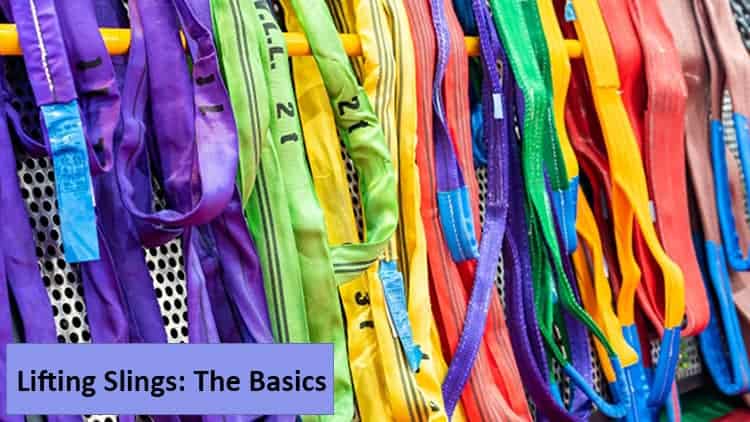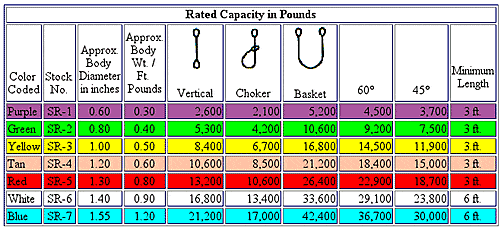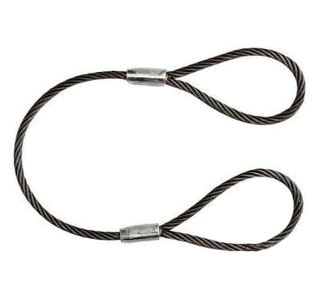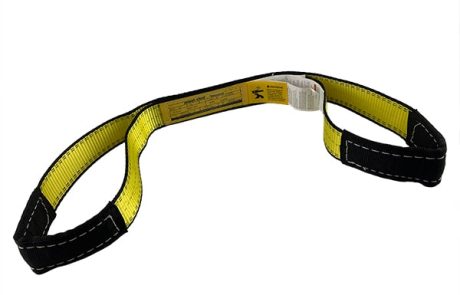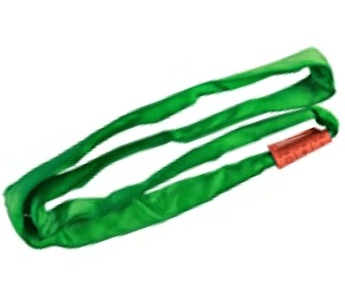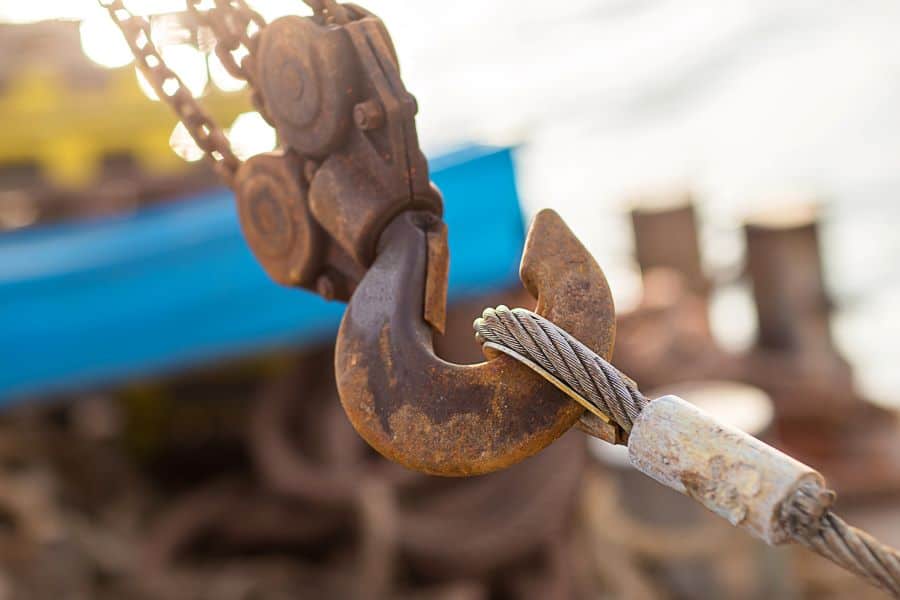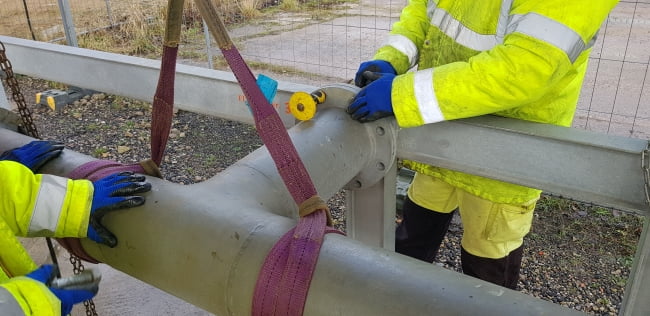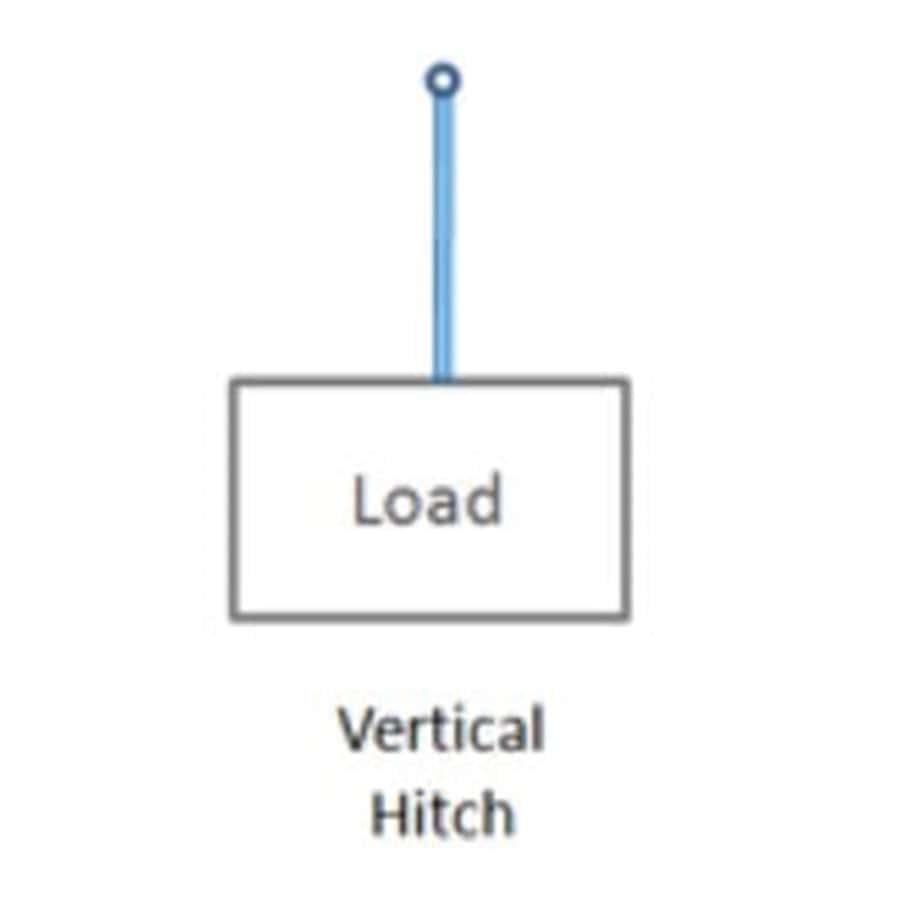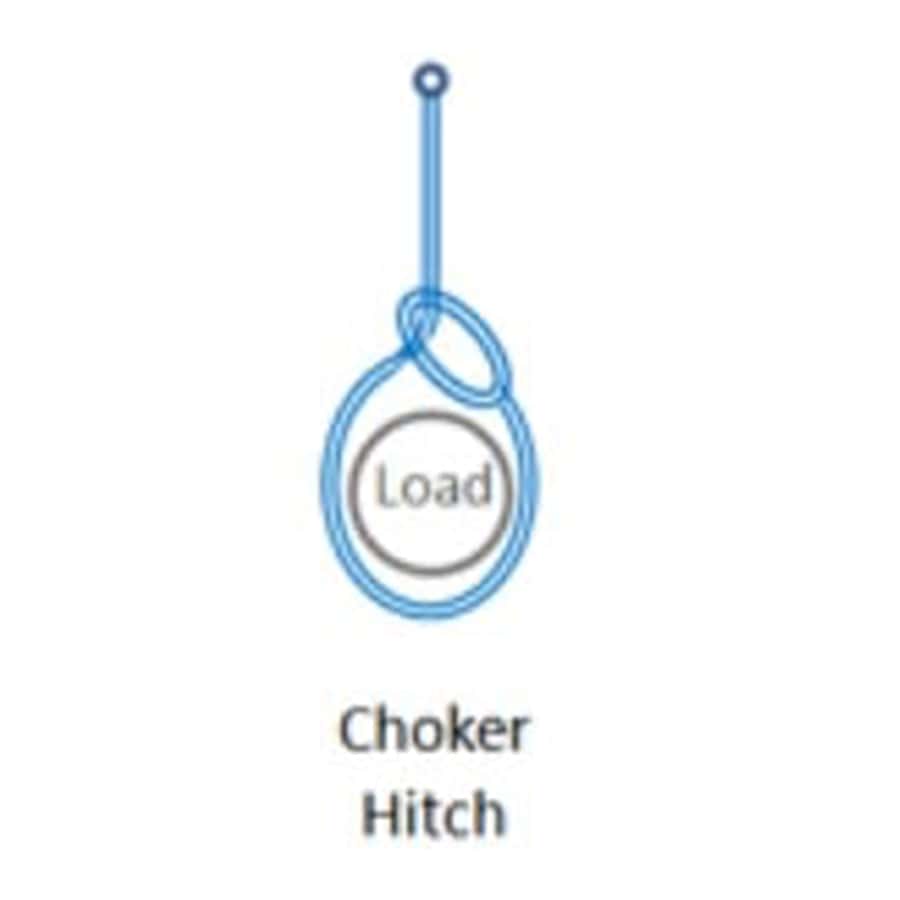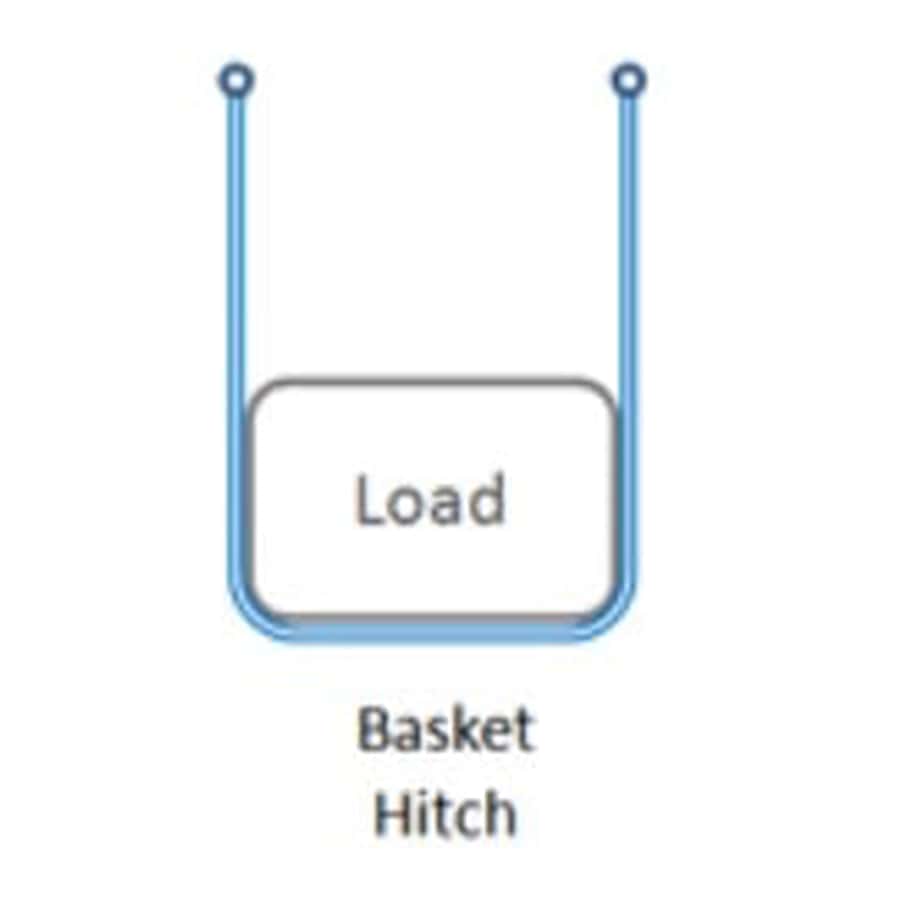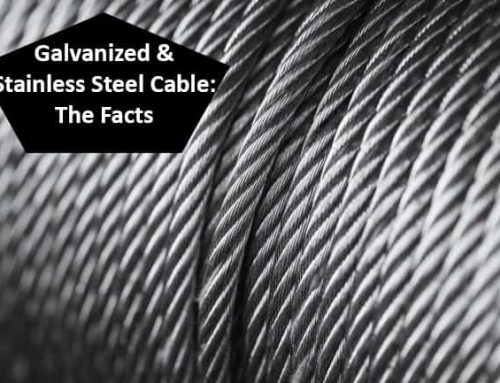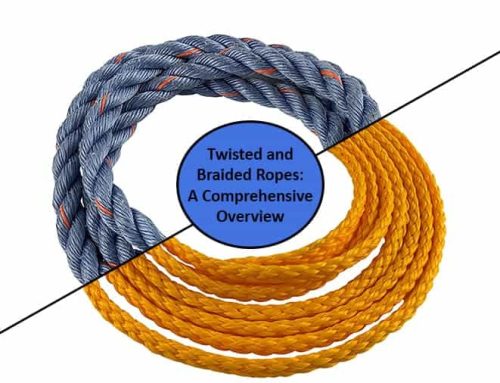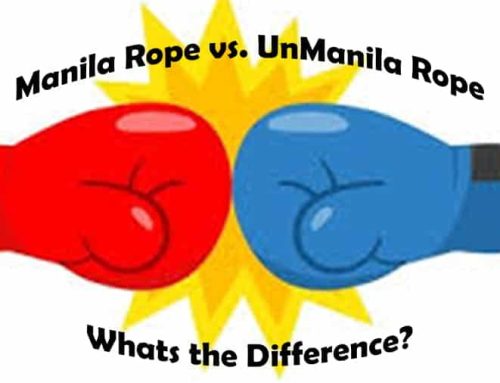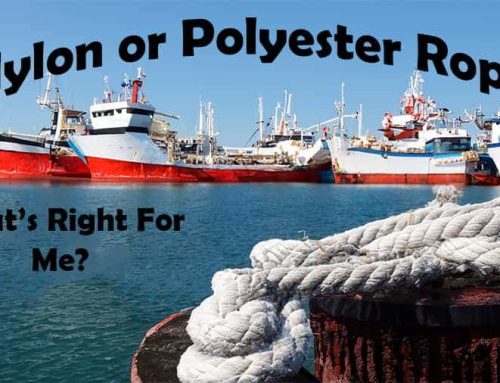Choosing the right lifting sling is crucial for ensuring safety and efficiency in your lifting operations. With a variety of options available, understanding the specific strengths and weaknesses of each is essential. We are going to explore three popular choices: wire rope slings, nylon lifting slings, and polyester lifting slings. While these different materials are all used in lifting applications, there are some key differences that make certain slings more appropriate for a job.
1. Wire Rope Slings: Strength and Durability
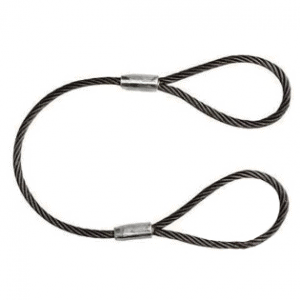
Advantages:
- Exceptional Strength: Can handle immense loads, exceeding the capacity of most other sling types.
- Durable Construction: Resistant to abrasion, corrosion, and extreme temperatures, ensuring long-lasting performance.
- Versatile Applications: Suitable for lifting various objects, from large equipment to irregular shapes.
- High Safety Factor: Wire rope slings are rigorously tested and certified to meet safety standards.
Disadvantages:
- Heavy and Bulky: Wire rope slings are significantly heavier than other sling types, making them more difficult to handle.
- Susceptible to Kinking: Improper handling can cause kinking, significantly reducing the sling’s strength and posing a safety hazard.
- Can Damage Delicate Surfaces: The rough texture of wire ropes can scratch or damage sensitive surfaces.
- Higher Cost: Wire rope slings generally have a higher initial cost compared to other sling options.
2. Nylon Lifting Slings: Lightweight and Flexible
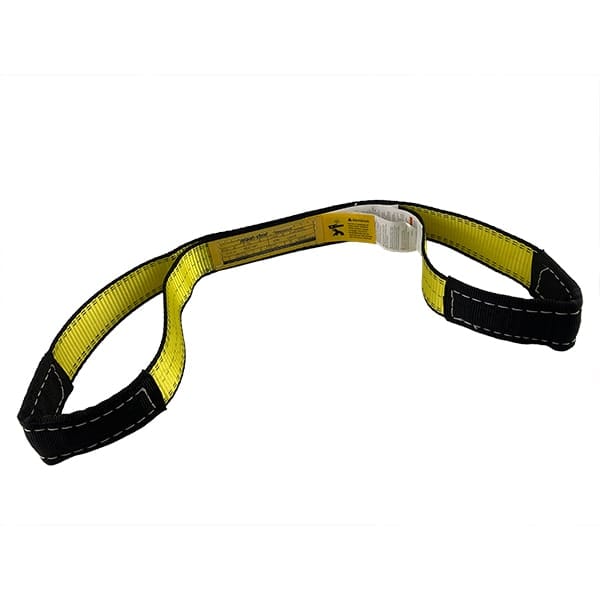
Advantages:
- Lightweight and Flexible: Easy to handle and maneuver, making them ideal for confined spaces or delicate loads.
- Safer for Delicate Surfaces: The smooth surface of nylon webbing reduces the risk of damaging sensitive loads.
- Resistant to Abrasion and Chemicals: Nylon slings withstand harsh environments and chemicals, ensuring long-term usability.
- Economical: Typically less expensive than wire rope slings, making them a budget-friendly option.
Disadvantages:
- Lower Load Capacity: Compared to wire rope slings, nylon slings have a lower maximum load capacity.
- Susceptible to UV Degradation: Extended exposure to sunlight can weaken nylon slings over time.
- Limited Temperature Range: Nylon slings have a lower temperature limit compared to wire rope slings.
- Not Ideal for Heavy Loads: Not suitable for lifting extremely heavy objects due to their lower strength rating.
3. Polyester Lifting Slings: Low Stretch Champ
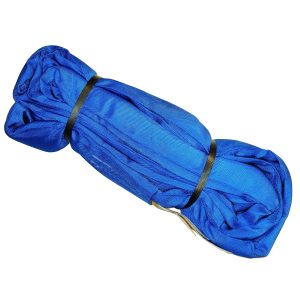
Advantages:
- High strength and low stretch: Offers good lifting control and stability.
- Lightweight and flexible: Easy to handle and conforms to the shape of the load.
- Durable and abrasion-resistant: More resistant to damage than nylon slings.
- Good resistance to most chemicals: Suitable for use in various industrial environments.
- Low moisture absorption: Dries quickly and prevents mold and mildew growth.
Disadvantages:
- Higher cost than nylon slings: May not be the most cost-effective option for all applications.
- Susceptible to high temperatures: Not suitable for use in high-heat environments.
- Not as resistant to acids as nylon: May require additional precautions when handling acidic materials.
4. Types of Lifting Slings:
There are multiple configurations when it comes to lifting slings. While lifting slings may be versatile, these different constructions each have their own strengths and most appropriate applications.
Eye and Eye Slings:
Eye and eye slings are a versatile and popular type of sling used in various industries for lifting and rigging applications. They feature a simple design, consisting of a webbed strap with loops sewn into both ends. This looped design allows for easy attachment to lifting hooks, shackles, and other rigging hardware. Eye and eye slings are lightweight, flexible, easy to handle, versatile for various hitches, and contain good resistance to abrasion and UV. There are two types of eye and eye sling shapes: flat eye and twisted eye.
- Flat Eye: As the name suggests, the eye of this sling has a flat, looped shape. It opens on the same plane as the sling body, offering a wide bearing surface for lifting hooks. Flat eye slings are suitable for all three basic hitches: vertical, basket, and choker. However, their flat eye can be prone to slipping when used in a choker hitch, especially for heavy loads.
- Twisted Eye: In a twisted eye sling, the eye is twisted 90 degrees from the sling body to create a more compact and streamlined shape. The twisted eye design is specifically optimized for choker hitches and provides a more secure grip on the load, preventing slipping and ensuring stable lifting.
Endless Round Slings:
Endless round slings are a popular choice for lifting and rigging applications in various industries due to their versatility, durability, and ease of use. Unlike other slings with sewn loops or end fittings, these slings are continuous loops made from high-strength synthetic fibers woven into a tubular shape with no end fittings, making them ideal for choker hitches for lifting cylindrical objects like pipes and logs.They can be bulky and difficult to handle, require careful attention to avoid overloading, and may damage the load if not properly padded.
Flemish Eye Slings:
Flemish eye slings are a popular splicing method for lifting heavy objects in various industries due to their versatility, strength, and ease of use. They are formed by splicing wire rope upon itself and securing the dead end to the live end by intertwining the wires. This creates a continuous loop at one end of the sling, eliminating the need for additional hardware like end fittings. The Flemish eye splice can be used with various hitches and lifting configurations, making it suitable for a wide range of applications.
5. Safety Tips:
- Always inspect slings before use for any signs of damage or wear.
- Never overload slings beyond their WLL.
- Use proper hitches and lifting techniques.
- Store slings properly when not in use.
- Follow all safety guidelines and regulations for your industry.
Working Load Limit (WLL) and Break Strength (BS) are two important concepts used to evaluate the capabilities of lifting slings. Understanding the distinction between these two terms is crucial for ensuring the safe and effective use of lifting slings in various applications.
Working Load Limit (WLL)
The Working Load Limit (WLL) is the maximum safe load that a lifting sling can withstand under normal operating conditions. It is a conservative rating that takes into account various factors, generally used at a 5:1 or 4:1 ratio compared to the break strength. The WLL is typically established by industry standards or manufacturer specifications and is expressed in pounds or kilograms. It is important to never exceed the Working Load Limit of a sling, as this can pose safety hazards due to breakage.
Break Strength (BS)
The Break Strength (BS) is the maximum load that a sling can theoretically withstand before breaking. It represents the ultimate tensile strength of the lifting sling under ideal lab conditions, disregarding any wear, tear, or external factors that could affect its performance. The BS is typically expressed in pounds or kilograms and is higher than the WLL. It is important to never approach the break strength of slings as this can impose safety hazards.
6. Lifting Hitch Configurations:
Hitches are crucial elements in lifting operations, connecting slings securely to the load and ensuring its safe and controlled movement. Different hitches offer varying degrees of stability, control, and load distribution, making them suitable for specific lifting scenarios. Understanding the different types of hitches and their specific uses is essential for anyone working with lifting slings.
Vertical Hitch
- Description: This is the simplest and most common hitch. One end of the sling is attached to the lifting hook, while the other end is directly connected to the load.
- Applications: Suitable for lifting balanced and stable loads with smooth surfaces.
- Advantages: Easy to set up and requires minimal hardware. Offers good load stability and control.
- Disadvantages: Not suitable for unstable or irregularly shaped loads. May require a tagline for additional control.
- Working Load Limit (WLL): Maintains the full lifting capacity of the sling.
Choker Hitch
- Description: This hitch involves wrapping the sling around the load and connecting the two ends to the lifting hook. It creates a secure hold and prevents the load from slipping.
- Applications: Ideal for lifting round or cylindrical objects like pipes, logs, and concrete columns.
- Advantages: Provides excellent grip and load stability. Suitable for lifting uneven or irregular shaped objects.
- Disadvantages: Can damage the load if not properly padded. Reduces the sling’s WLL by 20%. Requires careful attention to avoid overloading the sling.
- Working Load Limit (WLL): 80% of the vertical hitch WLL.
Basket Hitch
- Description: This hitch cradles the load with both ends of the sling attached to the lifting hook above the load.
- Applications: Best for lifting large, flat, and stable objects like crates, pallets, and machinery.
- Advantages: Provides maximum lifting capacity and distributes the load evenly across the sling. Offers excellent load stability and control.
- Disadvantages: Requires additional hardware like spreader bars or lifting beams. Not suitable for unstable or irregularly shaped objects.
- Working Load Limit (WLL): Double the vertical hitch WLL for a 90° sling angle. The WLL decreases as the sling angle deviates from 90°.
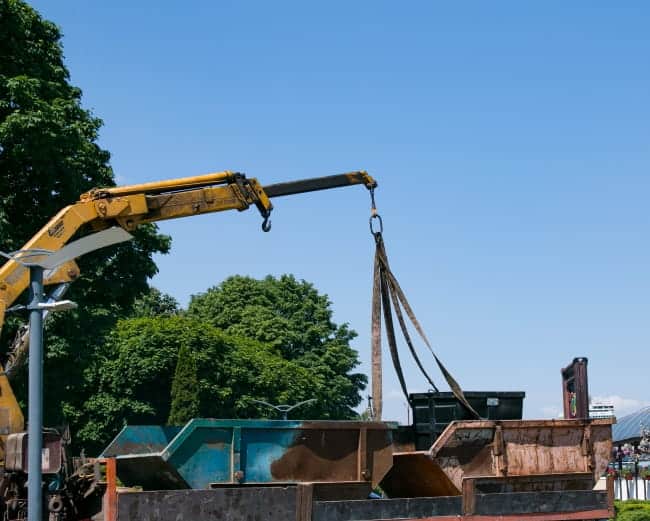
7 . Choosing the Right Sling: A Balancing Act
Ultimately, the best lifting sling choice comes down to your specific needs and priorities. Consider the following factors:
- Load Capacity: What is the weight of the object you need to lift?
- Maneuverability: Do you need a sling that is easy to handle in tight spaces?
- Load Surface: Is the object’s surface delicate and susceptible to damage?
- Budget: What is your budget for lifting slings?
- Environment: Will the slings be exposed to harsh chemicals, extreme temperatures, or UV rays?
Additional Considerations
Beyond the basic strengths and weaknesses, there are additional aspects to consider when choosing between wire rope and nylon slings:
- Eye Splices: Wire rope slings are often available with eye splices at both ends, providing secure attachment points. Nylon slings may require additional rigging hardware for proper lifting.
- Protective Coatings: Some wire rope slings come with protective coatings for improved corrosion resistance and reduced abrasion.
| Wire Rope Slings | Nylon Lifting Slings | Polyester Lifting Slings |
|
|---|---|---|---|
| Material | High-tensile steel wire | High-strength nylon webbing | High-strength polyester webbing |
| Strength | Very high | High | High |
| Flexibility | Moderate | High | High |
| Weight | Heavy | Light | Light |
| Abrasion Resistance | Excellent | Good | Great |
| Temperature Range | Wide | Moderate | Moderate |
| Cost | High | Moderate | Moderate |
| Best For | Heavy loads, harsh environments, irregular shapes. Low-stretch applications. |
Delicate surfaces, confined spaces, lightweight loads. High-stretch applications. |
Delicate surfaces, confined spaces, lightweight loads. Low-stretch applications. |
By understanding the strengths and limitations of each sling type, you can make informed decisions and ensure the safety and efficiency of your lifting operations. Remember, choosing the right sling is a critical step in preventing accidents and protecting your valuable equipment.

